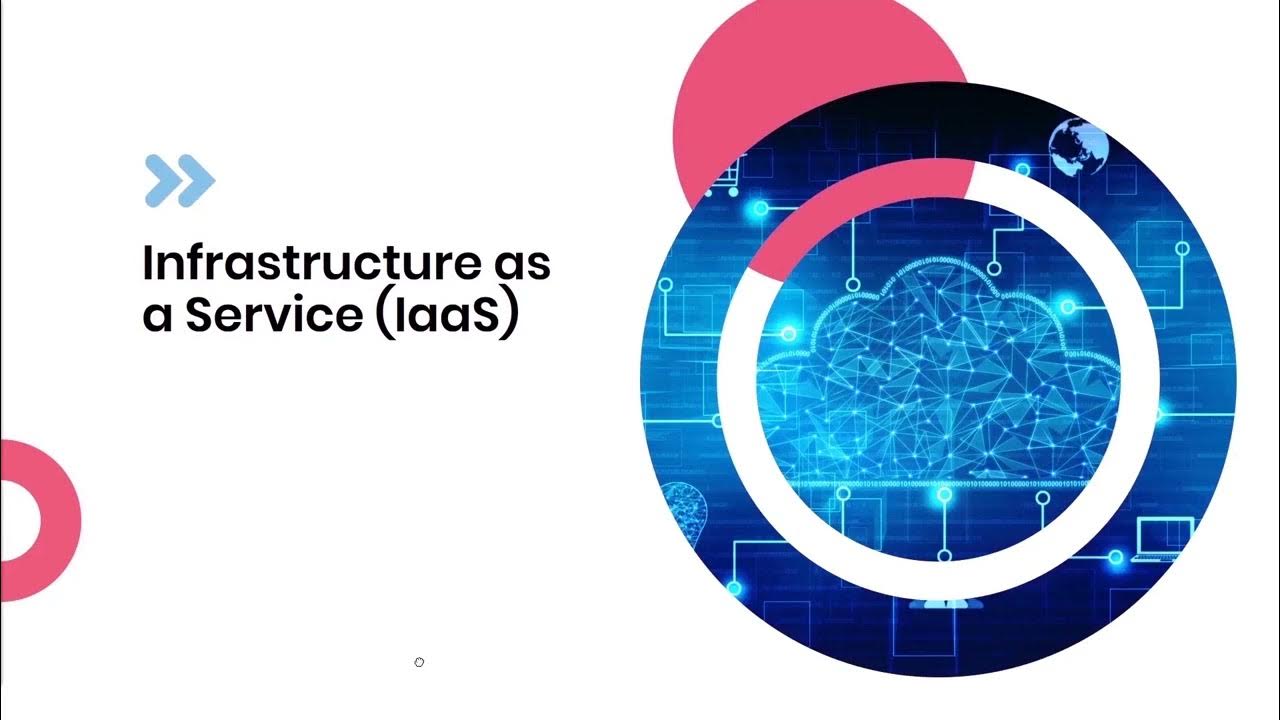SOAP Integration in SAP CPI | Step by Step Guide | Edu Oceans
Summary
TLDRThis session delves into the use of cloud connectors for SOAP-based web services, detailing the setup of sender and receiver adapters. It explains the differences between SOAP RM for asynchronous messaging and SOAP 1.x for synchronous communication. Key topics include configuring transport protocols, authorization methods, and the importance of WSDL files in defining service structures. The video also emphasizes the necessity of implementing security measures such as message signing and encryption, ensuring that data integrity is maintained during transmission. Overall, it provides a comprehensive overview of establishing effective connectivity for web service integration.
Takeaways
- 🔗 SOAP is essential for connecting with SOAP-based web services, utilizing sender and receiver adapters for communication.
- ⚙️ SOAP RM is used for asynchronous messaging without requiring a response, while SOAP 1.1 supports synchronous messaging where a response is expected.
- 🌐 The transport protocol for SOAP connections is typically HTTPS, ensuring secure communication over the web.
- 🔑 Authorization mechanisms can include client certificates and user roles, with a key pair required for certificate-based authentication.
- 💡 When configuring the receiver, authentication methods differ, often relying on basic credentials for on-premise systems connected via Cloud Connector.
- 📄 Incorporating visuals into requests allows for strict data structure validation, ensuring that incoming requests conform to expected formats.
- 📊 The visual definition in SOAP includes three components: request, response, and error, which must be adhered to for successful communication.
- ⚠️ Error handling strategies depend on the chosen message exchange pattern, affecting how responses are managed in both sender and receiver configurations.
- 🔄 Message mapping is crucial before sending data back to ensure that the information is formatted correctly according to the specified visual structure.
- 🛠️ Clear definitions of URL paths and parameters are necessary for successful service integration, helping to automate the population of request details.
Q & A
What is the primary purpose of using the SOAP adapter?
-The SOAP adapter is primarily used to connect with SOAP-based web services, allowing for communication between sender and receiver systems.
What are the two types of messaging patterns in SOAP mentioned in the transcript?
-The two types of messaging patterns are SOAP RM for asynchronous messaging (no response) and SOAP 1.x for synchronous messaging (with response).
What transport protocol is used when configuring the SOAP adapter?
-The transport protocol used is HTTPS, as it operates over the web.
What is the significance of the 'URL to visit' parameter in the SOAP adapter?
-'URL to visit' is essential as it defines the address that the sender system needs to connect to, allowing data to be sent to the correct endpoint.
What role does client certificate play in authentication?
-The client certificate is used for certificate-based authentication, ensuring that the receiver system can verify the identity of the sender system.
How does the message exchange pattern influence the SOAP service?
-The message exchange pattern determines whether the service is synchronous or asynchronous. Selecting 'request reply' makes it synchronous, while 'one way' makes it asynchronous.
What happens if a visual is added to the request in the SOAP adapter?
-If a visual is added to the request, it enforces a specific data structure, meaning only data that conforms to this structure will be accepted.
What is the function of message mapping in SOAP services?
-Message mapping is used to convert data into the required visual format before sending it back, ensuring compatibility with the service's expected input and output.
Can certificate-based authentication be used when connecting to on-premise systems using the Cloud Connector?
-No, when connecting to on-premise systems using the Cloud Connector, only basic authentication is allowed; certificate-based authentication is not supported.
What should be provided to the sender system after creating a SOAP service?
-After creating a SOAP service, the corresponding URL must be provided to the sender system to enable it to connect and send requests correctly.
Outlines

此内容仅限付费用户访问。 请升级后访问。
立即升级Mindmap

此内容仅限付费用户访问。 请升级后访问。
立即升级Keywords

此内容仅限付费用户访问。 请升级后访问。
立即升级Highlights

此内容仅限付费用户访问。 请升级后访问。
立即升级Transcripts

此内容仅限付费用户访问。 请升级后访问。
立即升级浏览更多相关视频
5.0 / 5 (0 votes)






